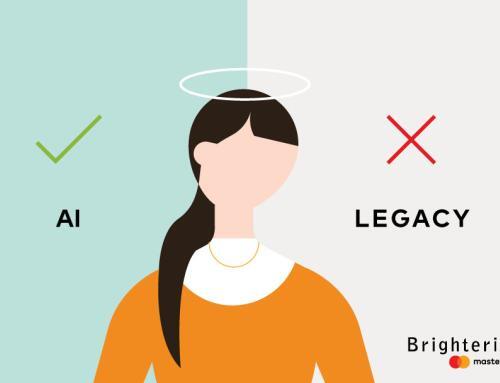Over 100 million consumers deferred payments on their debts between March and May as a result of the coronavirus. The Wall Street Journal says lenders are tightening their rules in response as they struggle to determine borrower credit risk. The reasons are complicated.
Part of the U.S. stimulus package under the CARES Act allows consumers to defer payments without being reported as late to credit agencies. Great for consumers, but bankers are challenged to determine borrower credit risk for new applications. The Federal Reserve predicts that U.S. banks could lose $700 million if the pandemic continues.
As a result, rules are tightening, making it more difficult for good customers to borrow money or apply for credit cards. Lenders are raising credit score requirements for mortgages, credit cards and loans. According to the WSJ, 33 percent of banks responding to the Federal Reserve’s Senior Loan Officer Survey reported they’d increased their minimum credit score requirements for credit cards.
Deferrals can make credit prediction difficult
Unreported deferrals make it close to impossible for lenders to determine good applicants unless all data resides with the one financial institution. Approval of new loans have fallen as a result. About 79,000 loans were granted in the week ending May 10 compared to 226,000 in the week ending March 22 (Equifax). Credit cards followed suit for the same period; 483,000 were issued, down from 856,000 in March. In 2019, 1.2 million new credit cards were issued weekly.
According to Business Insider, lenders are looking for alternative data sources to determine which customers are safe and who are in trouble. Other data sources are being considered, such as unemployment data and cash flow through bank accounts.
In our Ebook, Assess today’s credit risk and prevent tomorrow’s delinquency: a concise guide, we discuss gaining permission from consumers with thin credit histories to use their alternate payment histories, including rental data, utility companies, telecommunications and other vendors, to provide a fuller picture. This and other lender data are analyzed by artificial intelligence (AI) to provide a robust view of each applicant’s credit history.
Using AI to determine borrower credit risk
With the ability to emulate human cognition and learning but with far greater speed, scope, scale, accuracy and objectivity, AI offers undeniable promise for managing many obstacles lenders face today. Following are some of the tools used to build an AI model that provides a full-view of borrowers’ payment behavior and credit risk.
Machine learning (ML) is an application of AI that can handle massive datasets to quickly generate intelligent inferences without being explicitly defined. ML is a gamechanger. It can eliminate the need for humans to manually hard code “rules” into a system. For example, if a customer transacts with their credit card ten times within five minutes, it’s automatically labelled as fraud.
The speed and flexibility of ML make it well suited to tackle the issue of credit risk. The technology can help answer questions in real time. It can predict how likely a customer will become delinquent in the following 60 days, or how profitable a line of credit will be.
Supervised learning is an ML technique where a model is “trained” on a labeled set of data to identify features and patterns that predict certain outcomes. For credit delinquency, a model can be trained on a labeled set of delinquent accounts to identify feature combinations and patterns. For example, months on the books, number of days late, amount of debt. Once the model is trained, new data can be input to make future predictions on other accounts in real time. Supervised learning is especially helpful for applicants with thin credit histories.
Deep neural networks (DNNs) are a subset of ML models inspired by neuroscience. These models take input data and pass it through layers of “neurons” that form complex patterns similar to human thinking. Deep neural networks mine the data required to predict credit risk and delinquency.
Other resources
Learn more about using AI to achieve a 360-view into borrower credit risk in our Ebook, Assess today’s credit risk and prevent tomorrow’s delinquency: a concise guide, and other credit risk resources.






